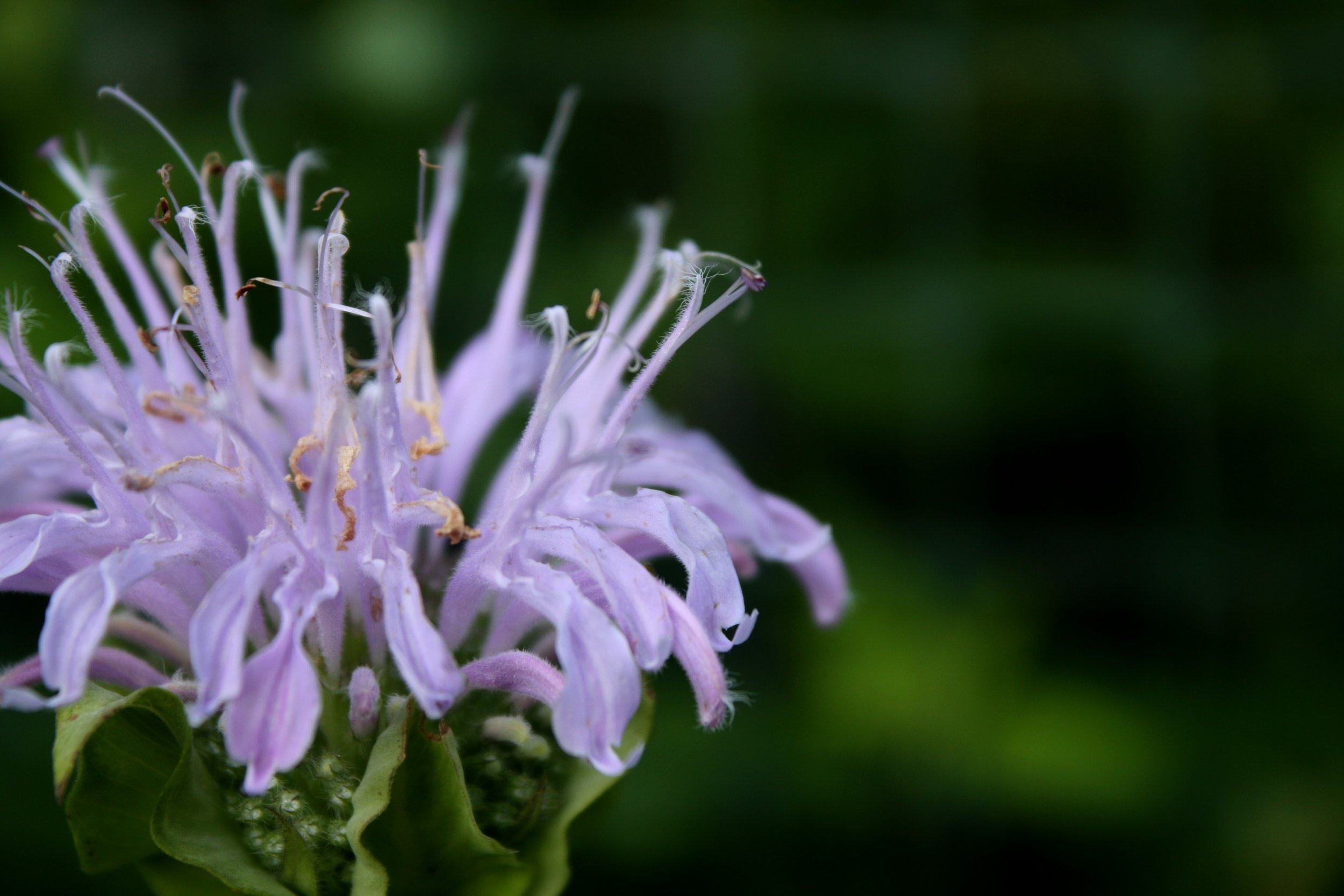High-Bush Cranberry (1-2' seedling)
Latin Name: Viburnum trilobum. Family: Adoxaceae (Moschatel)
USDA hardiness zone: 2
Growth habit: Shrub
Mature size: 9ft
Native range: Eastern North America
Preferred habitat: Forest edges, sandy sites, disturbed soil, hedges, full sun
Pollinators: Bees
Edible parts: Fruit
Uses and functions: Bark used in herbal medicine for menstrual cramps
This viburnum has wide, white compound flowers adored by bees. By late fall, it has ripened a profusion of small red fruit similar in shape and flavor to the more familiar bog cranberry of the Heath Family. The flavor varies from bitter-sour to sour, but is highly nutritious and used in preserves. The bark is decocted in herbalism for menstrual cramps, and is the source of 'cramp bark', an herbal preparation. Slowly spreads into a multi-stemmed shrub.
Latin Name: Viburnum trilobum. Family: Adoxaceae (Moschatel)
USDA hardiness zone: 2
Growth habit: Shrub
Mature size: 9ft
Native range: Eastern North America
Preferred habitat: Forest edges, sandy sites, disturbed soil, hedges, full sun
Pollinators: Bees
Edible parts: Fruit
Uses and functions: Bark used in herbal medicine for menstrual cramps
This viburnum has wide, white compound flowers adored by bees. By late fall, it has ripened a profusion of small red fruit similar in shape and flavor to the more familiar bog cranberry of the Heath Family. The flavor varies from bitter-sour to sour, but is highly nutritious and used in preserves. The bark is decocted in herbalism for menstrual cramps, and is the source of 'cramp bark', an herbal preparation. Slowly spreads into a multi-stemmed shrub.
Latin Name: Viburnum trilobum. Family: Adoxaceae (Moschatel)
USDA hardiness zone: 2
Growth habit: Shrub
Mature size: 9ft
Native range: Eastern North America
Preferred habitat: Forest edges, sandy sites, disturbed soil, hedges, full sun
Pollinators: Bees
Edible parts: Fruit
Uses and functions: Bark used in herbal medicine for menstrual cramps
This viburnum has wide, white compound flowers adored by bees. By late fall, it has ripened a profusion of small red fruit similar in shape and flavor to the more familiar bog cranberry of the Heath Family. The flavor varies from bitter-sour to sour, but is highly nutritious and used in preserves. The bark is decocted in herbalism for menstrual cramps, and is the source of 'cramp bark', an herbal preparation. Slowly spreads into a multi-stemmed shrub.










